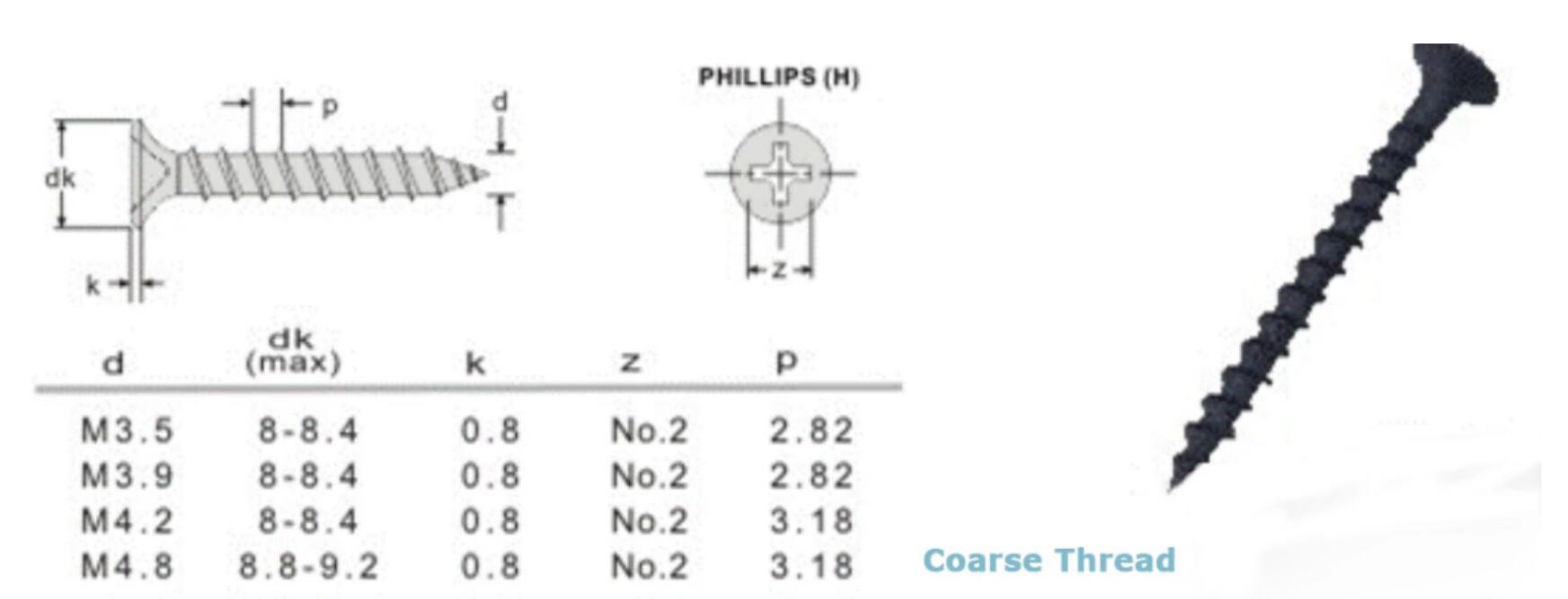din125 flat washer
Understanding DIN 125 Flat Washers A Comprehensive Guide
In the world of fastening technology, the DIN 125 flat washer is a fundamental yet vital component used in numerous applications. This article aims to provide an in-depth understanding of DIN 125 flat washers, their specifications, usage, and importance in various industries.
What is a DIN 125 Flat Washer?
A DIN 125 flat washer is a type of disk-shaped metal component that is used to distribute the load of a threaded fastener, such as a screw or a bolt. The ‘DIN’ in its name stands for “Deutsches Institut für Normung,” which translates to the German Institute for Standardization. The number 125 refers to the specific standard that defines the dimensions and materials suited for this washer. Generally, these washers are characterized by their flat surface and are designed to create a larger bearing surface for the fastener head or nut, thereby preventing damage to the material being fastened.
Dimensions and Specifications
DIN 125 flat washers come in various sizes and thicknesses, catering to different requirements in terms of load distribution and material properties. The standard specifies various metric sizes, which makes it a versatile component. Washers are available in several materials, including carbon steel, stainless steel, and plastic. The choice of material influences factors such as corrosion resistance, load-bearing capacity, and overall durability.
The key specifications include
1. Diameter The outer and inner diameters are vital as they determine the fit over the fastener. 2. Thickness Thickness can affect load distribution; thicker washers generally distribute load better but may not fit in tight spaces. 3. Material Grade Materials are categorized by grades, which determine strength, corrosion resistance, and suitability for specific environments.
din125 flat washer

Applications
DIN 125 flat washers are widely used across multiple industries, including
1. Construction They help secure bolts and nuts in structural applications, ensuring that loads are distributed evenly. 2. Automotive In vehicles, these washers are used in various assemblies, such as brake systems and engine mounts, to ensure secure fastening and vibration dampening. 3. Manufacturing Many machines and assembly lines utilize them for fastening components, ensuring safety and stability in operations. 4. Household applications They are commonly used in furniture assembly, DIY projects, and home repairs, providing a simple yet effective solution to enhance joinery.
Importance of DIN 125 Flat Washers
The role of DIN 125 flat washers extends beyond merely preventing damage to the installation surface. They enhance the integrity of the joint, thereby informing the longevity and reliability of the assembled product. By distributing forces, they reduce the risk of loosening due to vibration, a common issue in mechanical assemblies. Additionally, they can prevent the fastener from sinking into softer materials, thereby maintaining the integrity of the assembly over time.
Conclusion
Understanding the functions and specifications of DIN 125 flat washers is essential for anyone involved in design, manufacturing, or maintenance within various industries. Their ability to enhance load distribution, improve joint integrity, and reduce wear makes them indispensable components in numerous applications. In the grand scheme of engineering and installation, DIN 125 flat washers may seem small, but their contribution to safety, durability, and performance can be significant. When selecting a washer for a specific application, it is crucial to consider the right size, material, and thickness to ensure optimal results. Whether you’re a contractor, an engineer, or a DIY enthusiast, knowledge of DIN 125 flat washers will undoubtedly empower you to make informed decisions and achieve better results in your projects.
-
Top Choices for Plasterboard FixingNewsDec.26,2024
-
The Versatility of Specialty WashersNewsDec.26,2024
-
Secure Your ProjectsNewsDec.26,2024
-
Essential Screws for Chipboard Flooring ProjectsNewsDec.26,2024
-
Choosing the Right Drywall ScrewsNewsDec.26,2024
-
Black Phosphate Screws for Superior PerformanceNewsDec.26,2024
-
The Versatile Choice of Nylon Flat Washers for Your NeedsNewsDec.18,2024










